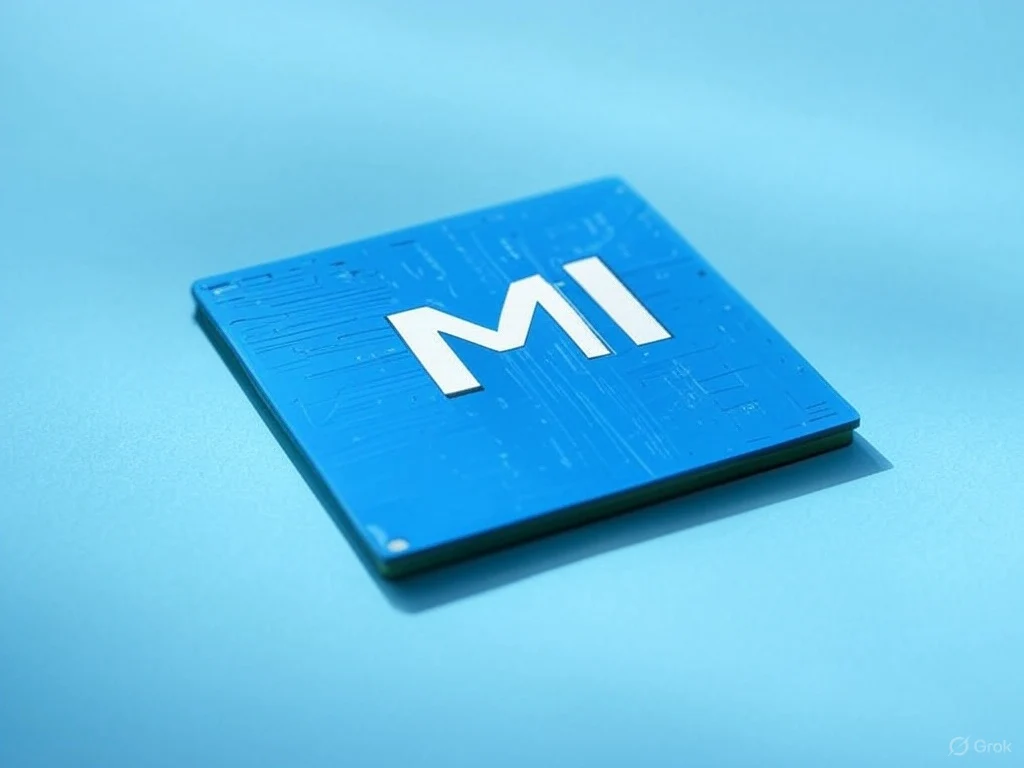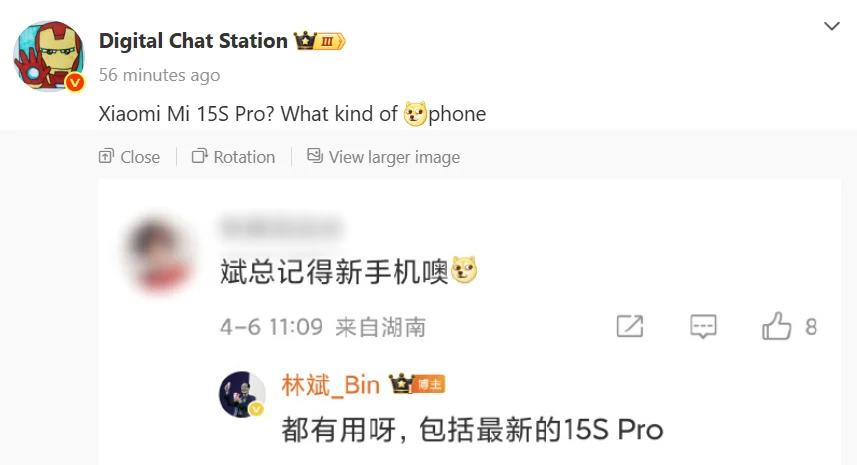Key Takeaways
1. The crash of a Xiaomi SU7 Standard electric sedan on March 29 resulted in the deaths of three female university students, marking the first known fatality linked to Xiaomi’s EV.
2. The vehicle was equipped with a vision-based Navigate on Autopilot (NOA) system, which lacks the advanced LiDAR technology found in higher models, raising safety concerns about autonomous driving technology.
3. The collision occurred in a construction area with altered traffic lanes and possible debris, suggesting environmental factors may have contributed to the accident.
4. An investigation revealed that the NOA system failed to recognize smaller barriers, and the automatic emergency braking (AEB) system did not engage due to the water barrier being undetected.
5. Xiaomi has initiated an internal investigation and expressed commitment to transparency while addressing concerns about the reliability of autonomous driving features and the effectiveness of emergency systems.
On March 29, a tragic incident occurred involving a Xiaomi SU7 Standard electric sedan on the Dezhou-Shangrao Highway (G0321) near Tongling, Anhui Province, China. This crash resulted in the deaths of three female university students and is the first known fatality associated with Xiaomi’s first electric vehicle (EV). The event has raised significant concerns about the safety of autonomous driving technology.
Details of the Incident and Victims
The three victims were university students heading to Chizhou for a civil service examination. They were traveling in a Xiaomi SU7 Standard, which is the entry-level model of the SU7 series, acquired in May 2024 and delivered on October 19, 2024. This model, launched on March 28, 2024, operates with a vision-based Navigate on Autopilot (NOA) system but does not feature the LiDAR technology available in the Pro and Max variants.
Circumstances of the Crash
The collision took place in the Chiqi area of the highway, where construction work had altered the traffic lanes. This change, coupled with the possibility of debris from the ongoing repairs, may have contributed to the accident.
Sequence of Events Leading to the Crash
An investigation by Xiaomi, based on data provided to the authorities, has outlined the timeline of the crash:
– 10:27:17 PM: NOA was turned on; the car was traveling at 116 km/h (72 mph).
– 10:44:24 PM: The system identified obstacles, issued alerts, and started to slow down.
– 10:44:25 PM: The driver regained manual control, turning the steering wheel 22.0625 degrees left and applying brakes at 31%.
– 10:44:26 PM: The steering moved slightly right by 1.0625 degrees, increasing braking to 38%.
– 10:44:26–10:44:28 PM: The vehicle collided with a concrete barrier at a speed of 97 km/h (60 mph), leading to a fire.
Aftermath of the Collision
Reports on social media, including a post from one victim’s mother, alleged that the doors of the vehicle locked automatically after the crash, trapping the occupants as flames engulfed the car. Xiaomi was unable to confirm the functioning of the doors but mentioned that there is an emergency unlock feature, the efficiency of which remains uncertain. The NOA system’s failure to identify smaller barriers, such as cones, might have played a role in the accident.
Company Reaction and Ongoing Investigation
In response, Xiaomi established an investigation team on March 30 and provided data by March 31. CEO Lei Jun expressed sorrow and assured transparency while offering assistance to the families of the victims. The company stated that a special task force was created immediately, and they visited the accident scene on March 30. They also clarified that they haven’t yet accessed the vehicle involved in the crash, countering rumors of it being taken to Beijing. Internal records show that the Xiaomi SU7 was operating in NOA mode at about 116 km/h before it received a warning and slowed to 97 km/h prior to the crash. The cause of the fire after the impact is still under investigation, but Xiaomi suspects it initiated in the cabin rather than in the battery. Additionally, the company reported that the automatic emergency braking (AEB) system did not engage because the water barrier was not recognized by the detection system.
Continuing Investigation and Safety Questions
The police investigation is ongoing, focusing on the road conditions, driver behavior, and vehicle systems. This unfortunate event brings to light essential concerns regarding the reliability of autonomous driving features, the effectiveness of emergency systems, and the need for driver education in electric vehicles.






















